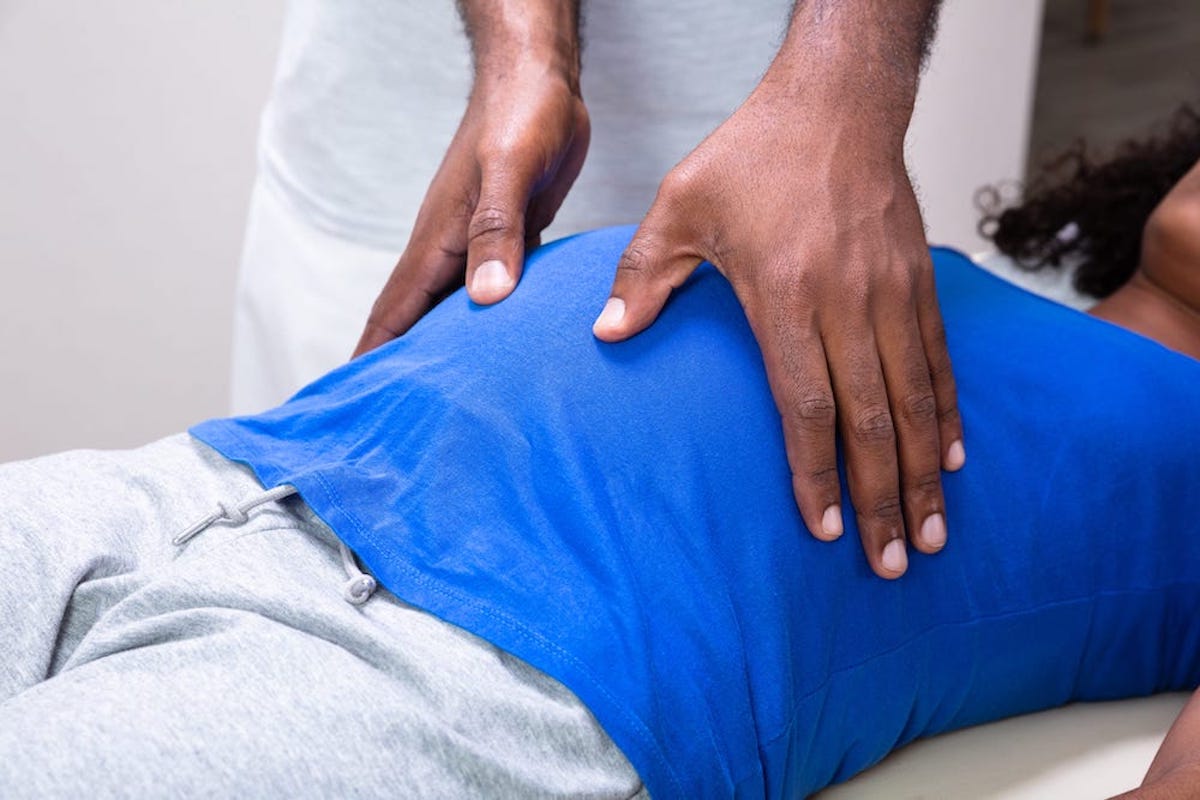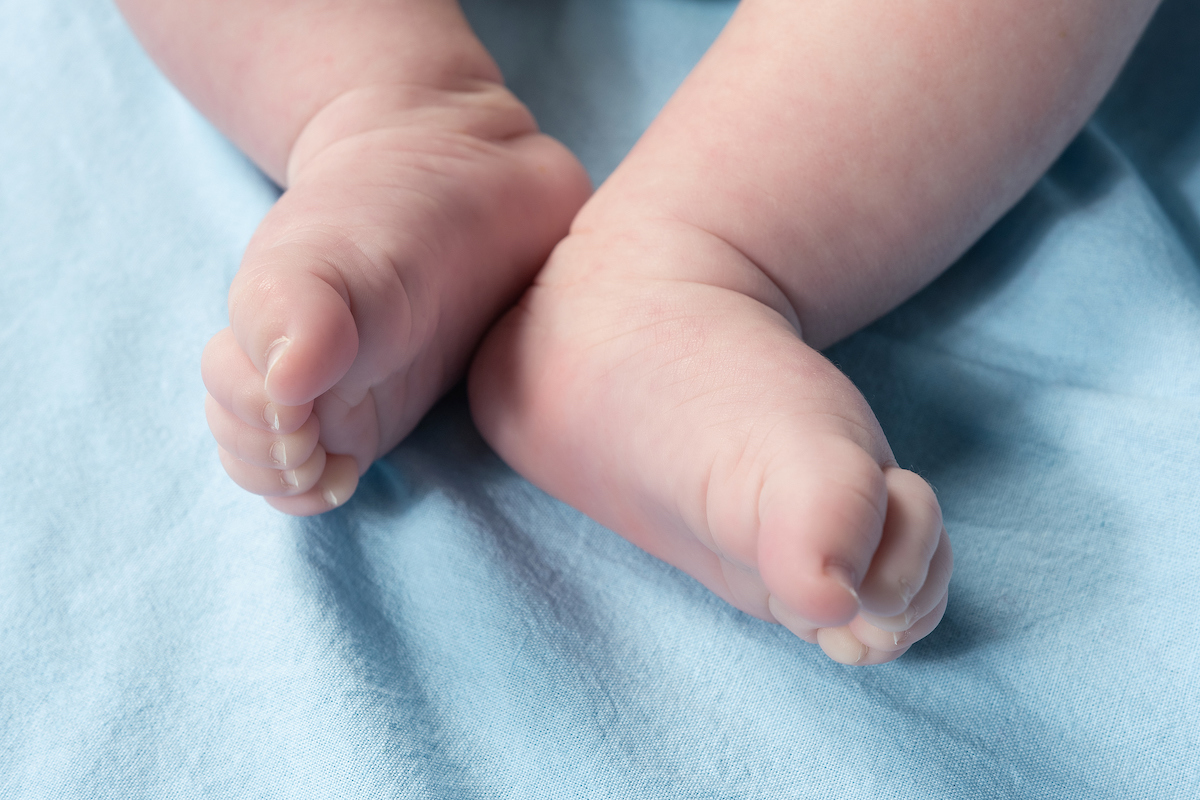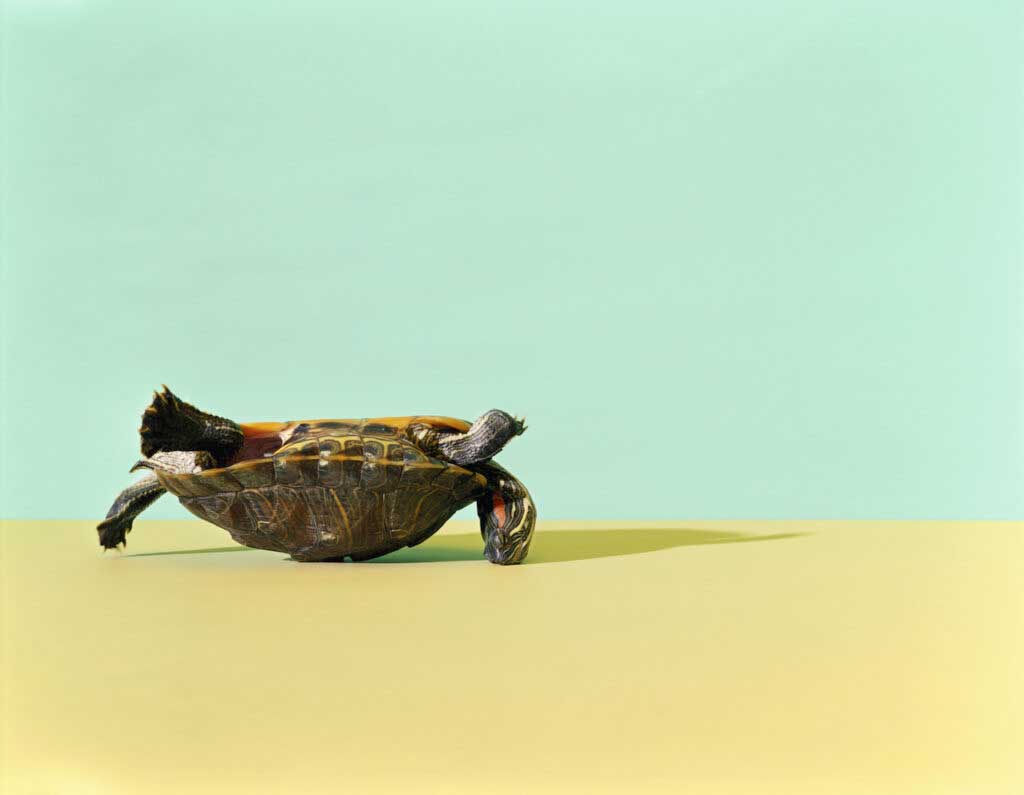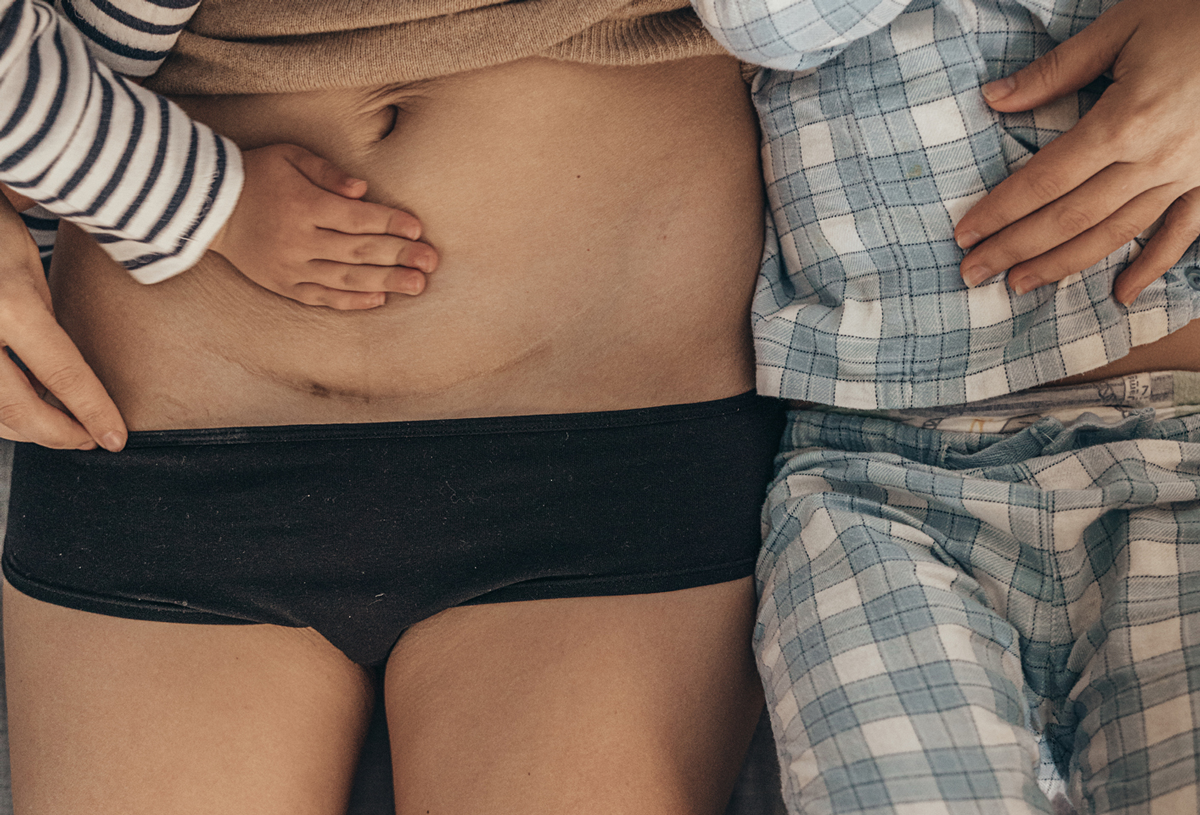Among the many things that distinguish the newsletter form from traditional journalism is the opportunity to have ongoing conversations. This has happened a lot with COVID, where the evolving situation and new data mean that I frequently revisit the same questions. But it’s true more broadly, and there are often times when I want to do just a bit of follow-up on earlier topics.
Today is one of those posts.
Several weeks ago, I wrote a post about breech delivery in which I touched on external cephalic version (ECV), a procedure where doctors try to turn a breech baby from the outside. I talked about the success rate (about half) and the risks (low).
There were many follow-up questions, and I wanted to take a chance to answer a few here.
Are ECVs painful?
The procedure can be painful. Someone is literally trying to make your baby do a somersault in your uterus. Babies do move around a lot in there, which is usually not very painful, but this is a large movement. In general — although this varies — ECVs are performed without pain medication.
How painful is it? This is a difficult question, because pain is subjective. What we have is evidence in papers like this one, in which women were asked to rate their pain after an ECV on a 10-point scale. The average was 5.7, with less than 5% of women reporting a pain number above 8.5. This definitely suggests that the procedure can generate some pain, but it’s very hard to know what a “5.7” on the pain scale really means.
There are a number of studies that evaluate the use of pain medication for an ECV. One study of nitrous oxide suggested that pain scores were reduced if nitrous was used, but a randomized controlled trial follow-up did not support this. A second pain approach is a short-acting opioid called remifentanil. One randomized trial showed a reduction in pain scores with the use of this drug when pain was evaluated right after the procedure, with no differences 10 minutes later.
Neither pain medication improved or worsened success rates.
These results suggest some possible support for pain relief as an option but aren’t overwhelming. One contributing issue is the short duration of the procedure. A short duration of pain is generally tolerated much better than a longer duration (even if the longer duration is at a lower level), and the possible risks of pain medications may push many providers away from using them.
Do spinning babies and moxibustion work?
The second big follow-up question everyone had was about other approaches to turning breech babies. What about spinning babies (or yoga, or any other approach where you try to use movement to encourage the baby to turn around)? What about moxibustion or acupuncture?
On the general question of whether particular postures or movement can impact position, we have relatively limited data. A meta-analysis of randomized trials on this covers only 417 women and evaluated a variety of techniques (elevated pelvis, knees to chest, etc.). These trials found no evidence suggesting that such positional techniques changed infant presentation, rates of C-section, or Apgar scores. The authors and other commentators note, however, that the samples here are small and that there are no risks to these techniques. There is no reason not to try them.
Moxibustion is a technique in which herbs are burned near the skin. For the correction of breech presentation in particular, the approach is to burn the herbs near one of your toes. Sometimes this is combined with acupuncture.
There are a number of small trials of this approach, with various outcomes and comparison approaches. The Cochrane Review meta-analysis is somewhat unsatisfying since it’s difficult to know quite how to combine everything. In general, when compared with doing nothing, moxibustion does not seem to have an impact. There are a few cases where one small trial showed some effects (for example, one trial showing a reduction in use of oxytocin for labor stimulation after moxibustion). But with so many mixed impacts and such small samples, it’s hard to really hang your hat on anything. What we need here, and do not have, is a large randomized trial, ideally one that would compare moxibustion as directed with “sham” moxibustion that burns herbs in the wrong location, to try to figure out if there is a placebo effect.
Overall conclusion here: ECV — even with a 50% success rate — is far and away the approach with the most evidence of efficacy. Moving around to new positions or burning herbs does not have any known downsides, but they are not the most robust solution.


















Log in